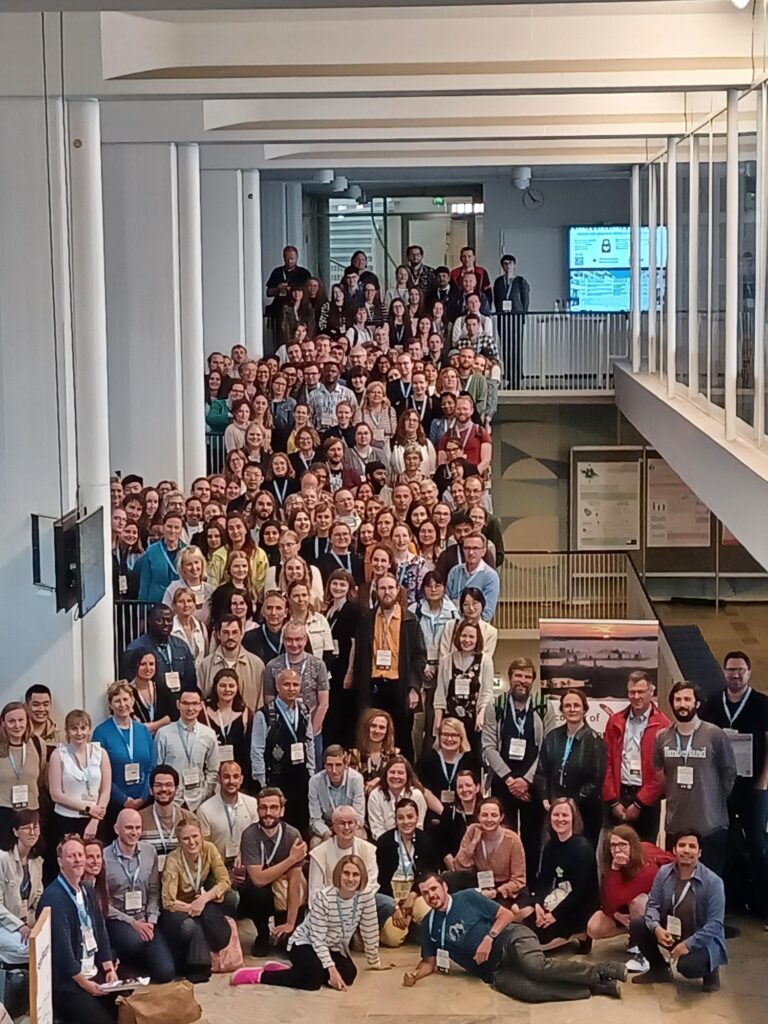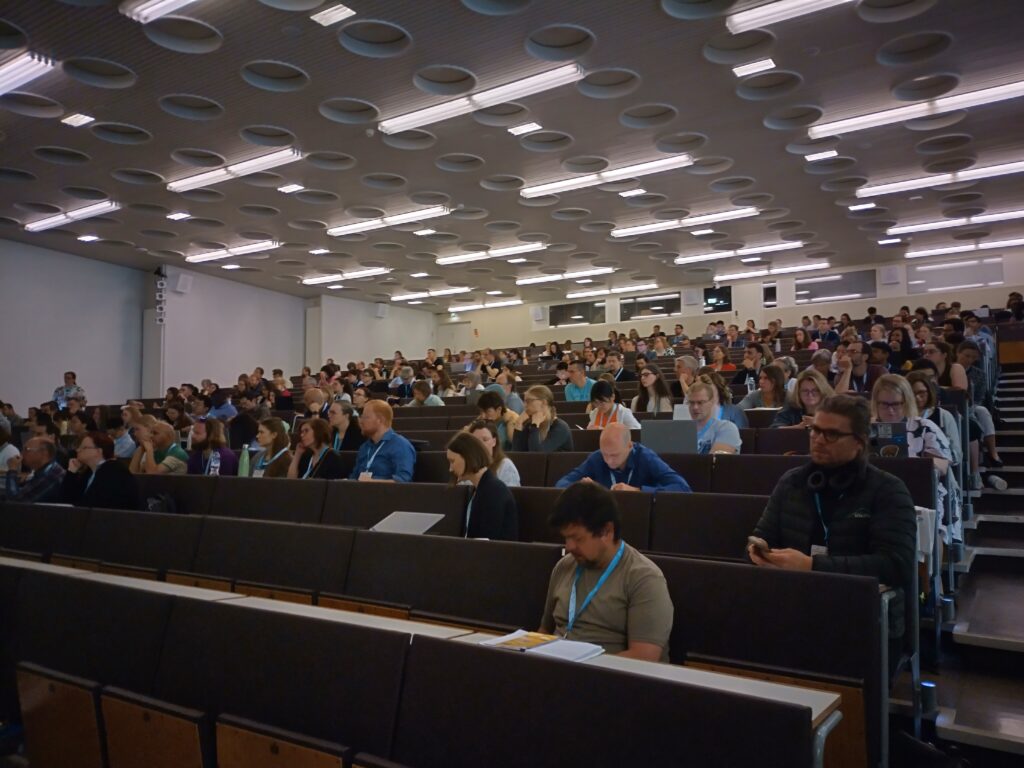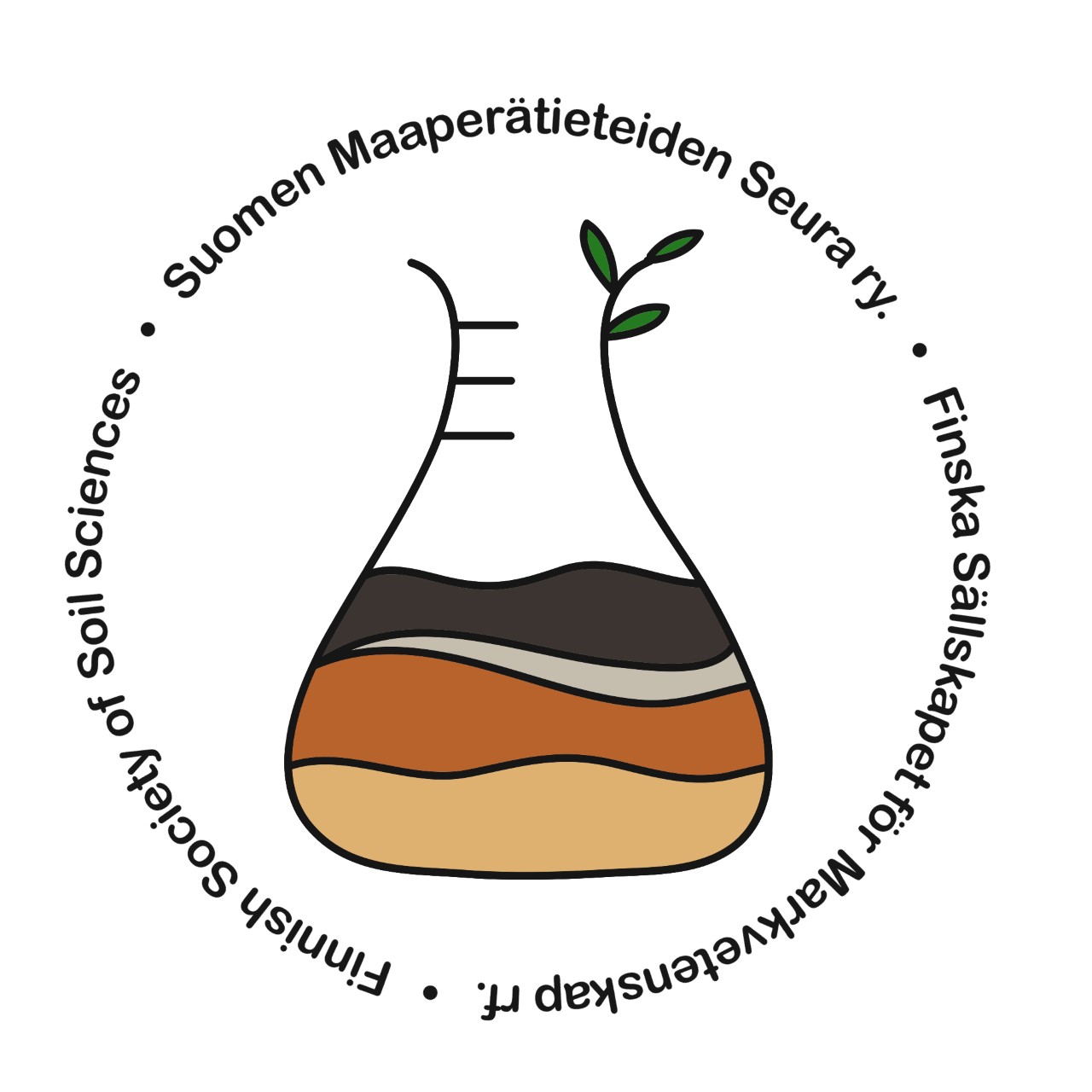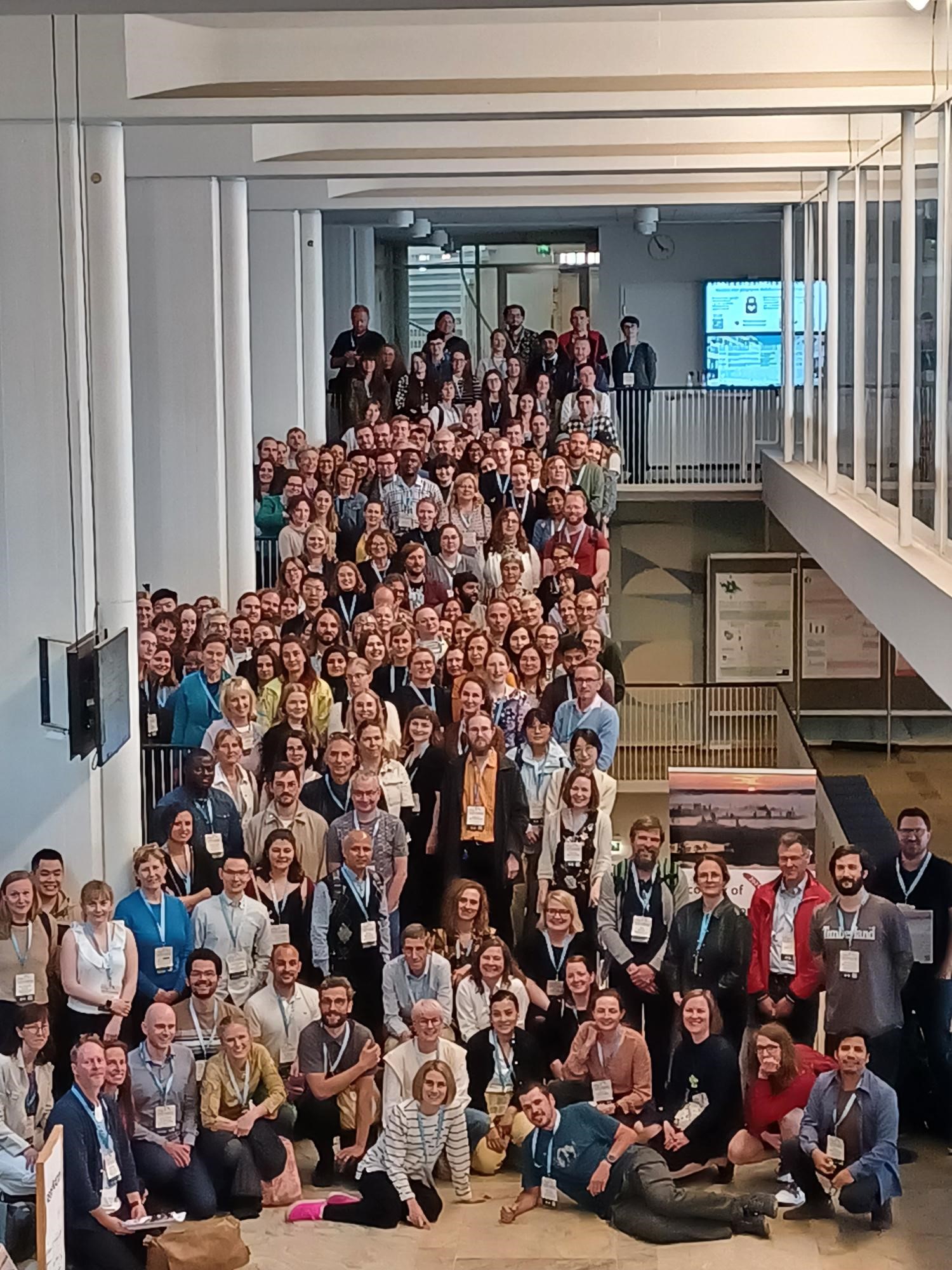Authors:
Krista Peltoniemi, Sannakajsa Velmala, Jenni Hultman, Vainio Eeva, Tuula Larmola, Suvi Sutela, Anne Tyvijärvi, Helena Soinne, Katharina Kujala, Minna Oksanen, Krista Kettunen and Taina Pennanen.
Luke organized the international Ecology of Soil Microorganisms (ESM) Congress and Finnish Society of Soil Sciences helped especially in the event practicalities. Thanks for The Federation of Finnish Learned Societies (TSV) funding the event.
For the second time in a row, Luke had the honour of organising the fifth Ecology of Soil Microorganisms scientific congress in the heart of Helsinki before Midsummer. The expected number of participants was 275 from a total of 34 different countries, the largest of which was a group of 42 researchers from Germany. The first time in 2018, the venue for the congress was chosen to be the House of Culture, but now we wanted to hold the congress in the heart of Helsinki, in the middle of the academic campus of the university’s Porthania building. The place turned out to be functional; Unicafe fed the guests with healthy and climate-friendly student food, took care of the coffee in an exemplary manner, the large lecture hall served as a great place for oral presentations, and the lobby could accommodate all poster presentations in three shifts. Luke’s event organisers downloaded presentations to the computer and advised the presenters on practical matters, and the University of Lapland’s congress services handled payment transactions remotely. Luke’s doctoral researchers took turns at the registration desk and in the hall. The most scientifically challenging work of the Congress, i.e. the construction of the programme under the responsibility of the Congress Scientific Committee and Luke Local Organization Committee, took place in the spring of 2025. It worked quite smoothly. After all, we had started planning the congress well in advance, well over a year earlier, and based on the organization of the previous congress, many things went efficiently this time.
Sirpa Thessler, Director of the LUVA Unit, welcomed the guests by emphasizing the importance of soil research, after which we were able to enjoy three high-quality opening lectures. Nerea Abrego (University of Jyväskylä) talked about the global occurrence of fungal communities, Philip Poole (University of Oxford) about the interactions between the root system and nitrogen-fixing microbes, and Ellen Kandeler (University of Hohenheim) about how the local microenvironment affects soil microbial communities. After the speeches, we were entertained by a cello quartet in the Get Together moment, playing beautiful music a bit like Apocalyptica, and e.g. Karelian pies tasted good for the guests.
Monday started sunny and it started with a brilliant speech by Björn Lindahl (SLU) who talked about the role of forest soil fungi in decomposition processes and soil nutrients. Over the course of a long day, we heard a wide range of interesting presentations on soil organisms, numerous different groups of microbes and fungi to soil animals and their diverse connections to each other, land use methods and responses to measures in forests, peatlands and agricultural lands. In the evening, after the scientific programme, we were able to enjoy the hospitality of the City of Helsinki at the City Hall reception at the delicacy tables.
Tuesday morning was dedicated to virus research. Joanne Emerson (University of California) took us on an extremely interesting journey towards the most unknown viruses on earth. After lunch and in the afternoon, the program continued with presentations on the role of soil organisms in the circulation and storage of soil carbon and nutrients. The evening’s session focused on agricultural lands, and we got to hear Maarja Öpik (University of Tartu) talk about the regional diversity of root fungi and the effects of land use around fields on them. The evening culminated in a tasty dinner at the restaurant Sipuli in the shadow of the Uspenski Cathedral. The floor of the dance hall shook as the audience stomped freely in the beautiful summer night to the beat of Käärijä’s ChaChaCha. Oh, we had a great time!
Wednesday morning was opened by Petr Kohout (Czech Academy of Sciences), who led the scientific audience into the wonderful world of heather root fungi, of which 128 different taxa are known. In the afternoon, Chris Tebbe (Thüne Institute) gave an inspiring speech in which he strongly questioned the suitability of biodiversity indices commonly used in follow-up studies to measure microbial diversity in farmland. He also said that he sometimes wonders how intensively used agricultural land remains functional in the first place. The evening continued with a session focused on the health, biodiversity and sustainable use of soils in Europe, where several EU-funded projects (HoliSoils, LEGUMINOSE, Papillons, EJPSoil, SOILGUARD, SoildiverAgro, DeliSoil, Presilience, SOLO) were able to present their results. After the speeches, Guusje Koorneef (Dutch Institute of Ecology) chaired a panel where the discussion was lively, even though it had already been a long day. At the end of the discussion, the entire audience nodded approvingly when Sophie Zechmeister-Boltenstern (BOKU University), leader of the EJP Soil project, wished for more empathy for the soil. After the panel, the soil discussions continued with a pleasant buzz of conversation over refreshments on the lobby side. The social programme was successful and contributed to creating a warm atmosphere at the congress. The organisers were delighted to hear the discussions resound. The starting point of the ESM Congress has always been, unlike most congresses, that there are no parallel sessions. Everyone can focus on listening to the same presentations and learning about different soil ecosystems; Fields, forests and swamps, different groups of organisms, their taxonomy and functions form an inspiring ecological whole.
The last morning focused on microbial processes and was opened by Chris Greening (Monash University) with his impressive lecture on microbes involved in the regulation of atmospheric trace gases. Many soil bacteria are able to take their energy from trace gases in the soil, and this phenomenon could also be used in agriculture. The final ceremony before returning home was crowned by the award ceremony, where the leading scientific journals in the field (ISME Society, FEMS Microbiology Ecology, New Phytologist) awarded scholarships to young researchers at the beginning of their careers for the best posters and oral presentations. The congress crowd seemed to be leaving for the return trip in good spirits, and many assured that they had enjoyed their week in Helsinki. According to direct feedback, the scientific program we put together was a successful mix of presentations by experienced and novice scientists. In addition to science, many were impressed by the excursions to Ränskälänkorpi and Lettosuo organized before the meeting, the beauty and bright nights of Helsinki, and even dared to try public saunas.
The next sixth ESM will be held in Prague in three years’ time.




Vastaa